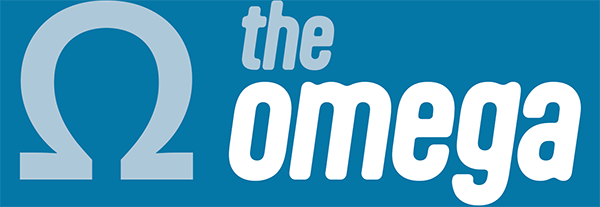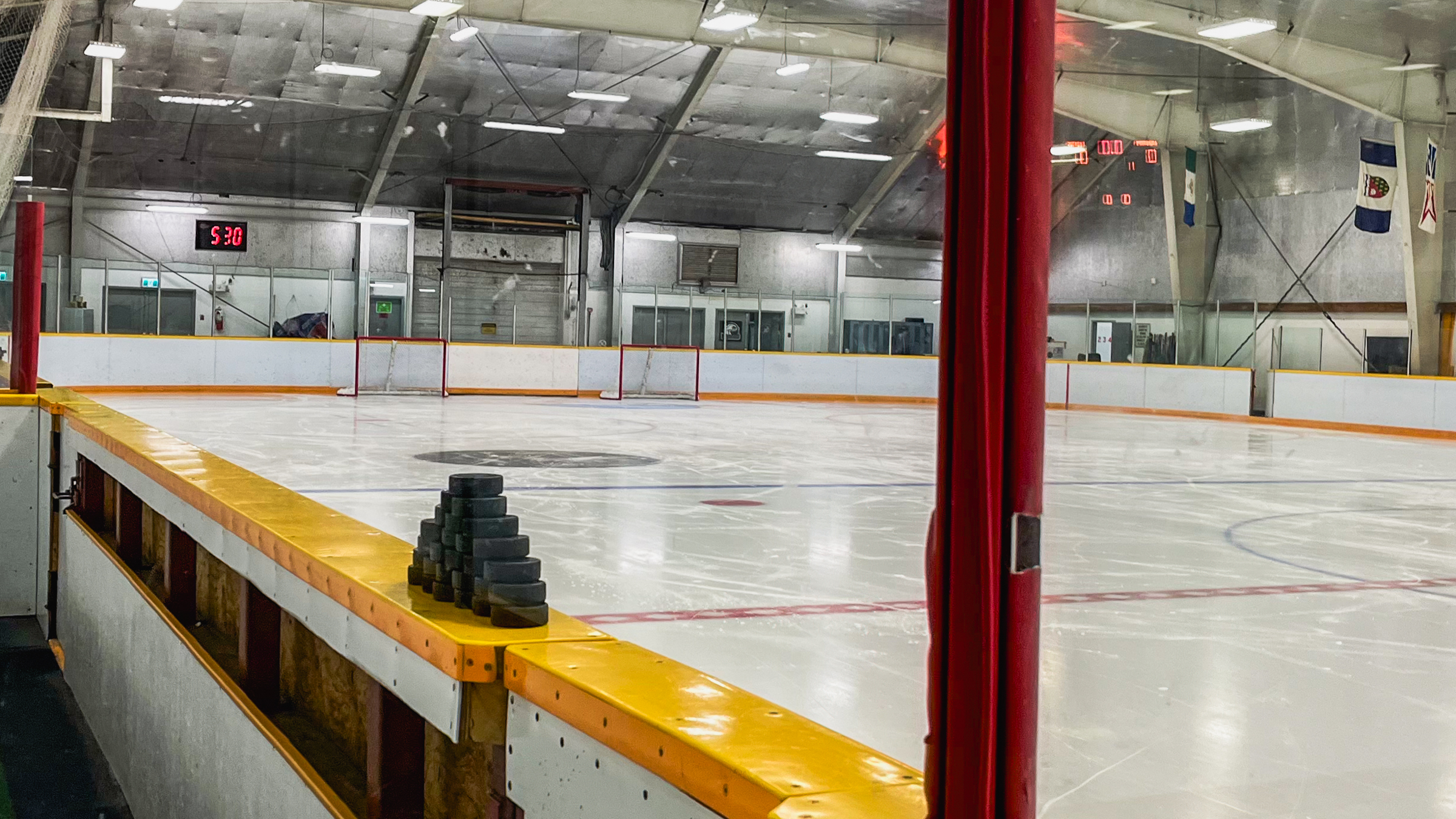It has been nearly a year since the National Collegiate Athletic Association (NCAA) changed its rules to allow Canadian Hockey League (CHL) players to remain eligible for Division I college hockey. Here’s what’s changed, why it matters and some of the most surprising moves that have happened since.
Under the NCAA’s previous rules, CHL players were viewed as ‘professional’ because they received a small stipend while playing. As a result of this designation, players were forced to forfeit their ‘amateur’ status, making them ineligible to sign with an NCAA Division I hockey school.
Things began to change on November 7, 2024, when the NCAA Division One Council adopted a proposal that would allow CHL players to remain NCAA-eligible “provided they are not paid more than their actual and necessary expenses.” The rule became effective on August 1, 2025, meaning CHL players can join NCAA D-I rosters beginning with the 2025-26 season.
The CHL is the world’s largest junior development league. Serving as the governing league for three smaller developmental leagues, the Western Hockey League (WHL), the Ontario Hockey League (OHL), and the Quebec Major Junior Hockey League (QMJHL). Between these leagues, they house 52 Canadian teams and nine American teams.
Before the adoption of the NCAA’s updated rules, junior players had limited options. Those drafted into the NHL could turn pro. However, players who sought to continue their education had to choose between Canadian university hockey (U Sports) and lower-level American programs outside the NCAA. This caused players as young as 15 or 16 to choose between taking the NCAA route, which would consist of playing “junior” in leagues like the BCHL or AJHL till they reached the college level age, or going the CHL route.
Under the new rule, CHL players will only lose their eligibility if they sign a professional contract with an NHL team before attending school, regardless of whether they have already committed. If a player also receives a stipend that exceeds the “actual and necessary expenses,” it may cause disputes over what constitutes permissible compensation.
Since the rule change, several high-profile players have already begun to take advantage of their new flexibility. One of the biggest names to commit to a school early on was the projected number one pick for the upcoming NHL draft, Gavin McKenna. McKenna played in the WHL with the Medicine Hat Tigers, who captured the Ed Chynoweth Cup last season. His commitment to Penn State came soon after the championship win.
Another major storyline has been J.P. Hurlbert, a 17-year-old forward who was a top prospect from the U.S. National Team Development Program (USNTDP). The Kamloops Blazers selected Hurlbert in the 2023 WHL US Priority draft, meaning that if he ever decided to play in the CHL, the Blazers would have first rights to him. However, Hurlbert had verbally committed to Michigan State Hockey. Until the NCAA Rule change last year, it looked unlikely that he would play in the WHL, as he would forfeit his eligibility. Following the policy change, Hurlbert officially signed with the Blazers this summer. His impact on the team was immediate. In his first nine games, Hurlbert has scored 10 goals with 12 assists, putting up 22 points and earning WHL Rookie of the Week and Player of the Week honours.
Overall, the NCAA’s eligibility change has been met with cautious optimism across both hockey systems. On the NCAA side, many coaches see it as an opportunity to open the door to WHL talent and add more experience throughout their lines, giving them a step forward in player development.
For the CHL, the changes offer a chance to strengthen ties with American programs and give players greater flexibility. For years, CHL teams lost prospects who avoided major junior hockey to preserve their NCAA eligibility.
Still, some junior coaches and managers remain unsure, with some believing players may use college commitments as leverage or even leave mid-career. Yet despite those concerns, both leagues recognize this as an opportunity for growth in a system that once forced players to choose a single path.
For decades, choosing between the CHL and NCAA meant closing the door on one; however, this rule change could reshape how young hockey players shape their futures. As players like McKenna and Hurlbert explore both paths, scouts and coaches are adapting. While some believe this rule change is a step in the right direction, others believe this may blur the line between amateur and professional hockey. Either way, the change signals a new era for the sport.

